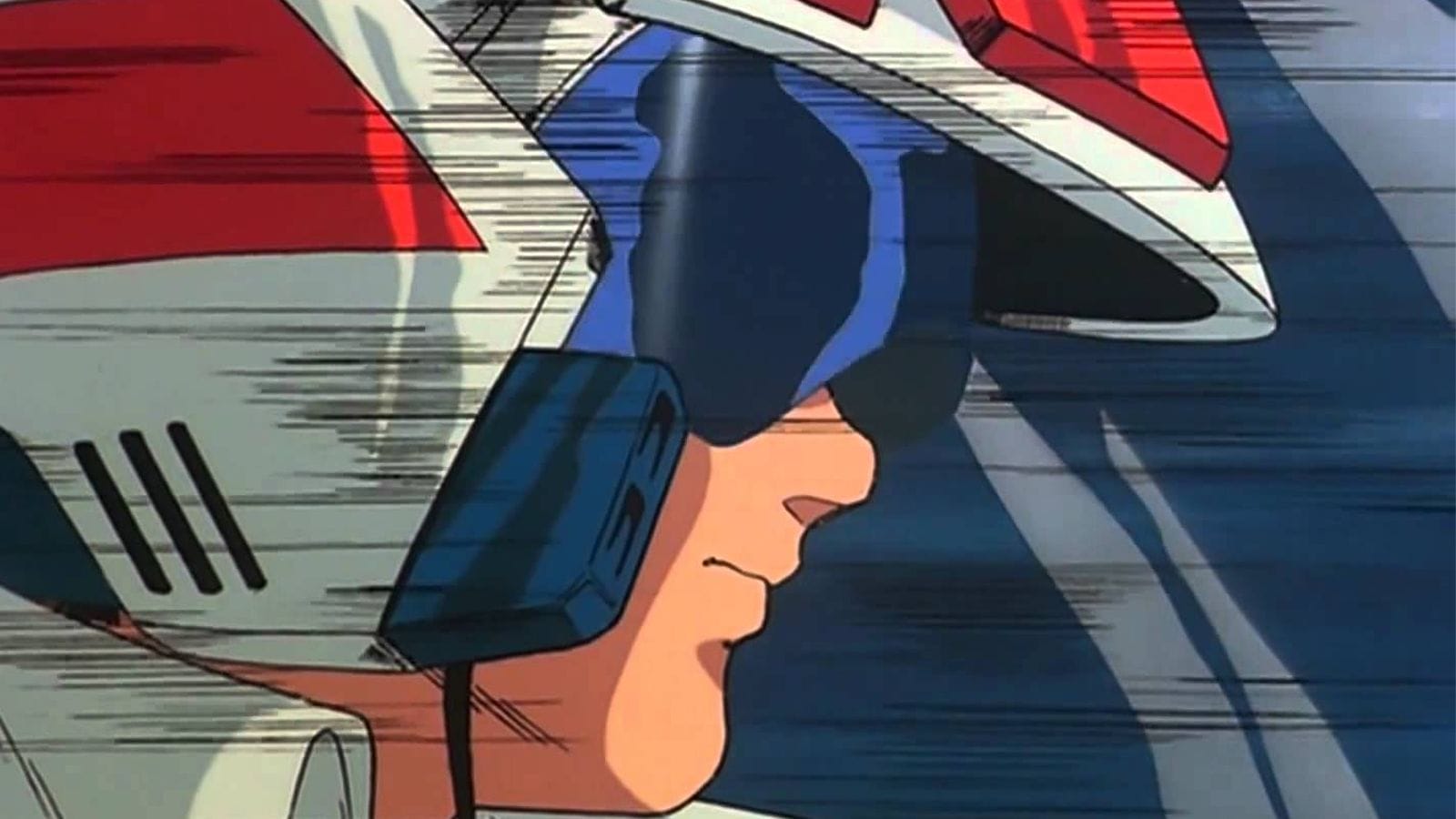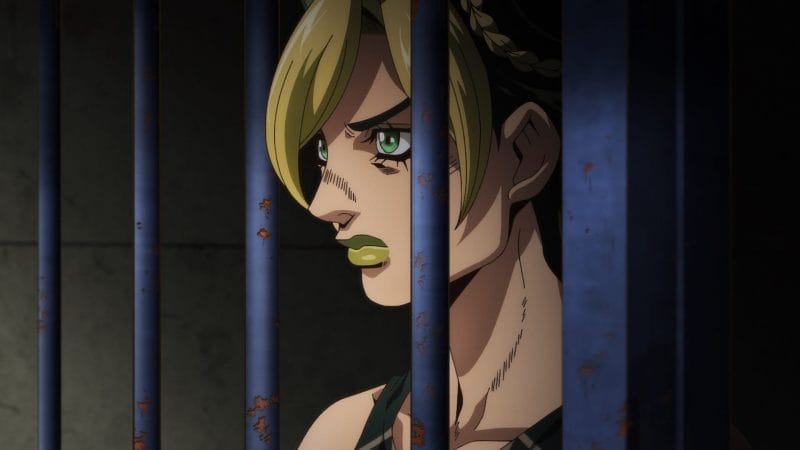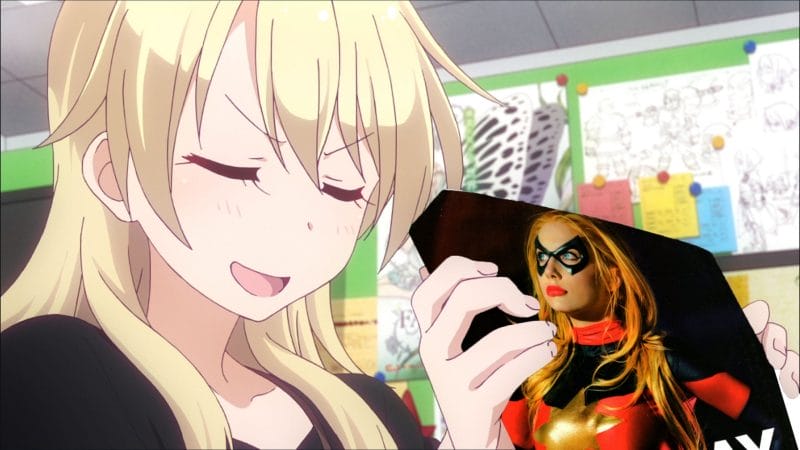A huge thanks to Mark McDonald for the Patron Article request! This would not have been possible without them.
To say that Carl Macek was a divisive figure in the annals of anime history is an understatement like few others. Though his contributions to the greater anime landscape are innumerable, the Streamline Pictures cofounder has been considered by some to be among the most reviled figures in the Western anime community’s half-century existence. He was the figure of ridicule and mockery, with early fandubs portraying him as a literal criminal. “I was the subject of intense fan backlash — death threats and all sorts of stuff. People would humiliate me in public, they would insult me in front of my friends and family. It was — and I’m serious — it was grotesque,”1 he recalled in a 2003 interview. In retrospect, that loathing and bile was unwarranted, given that his work paved the way for anime’s eventual popularity with North American audiences, and primed the world for the anime boom that we so gratefully enjoy the results of today.

To be frank, the anime industry would not exist in its current form without Carl Macek’s endeavors. Rather, it would arguably be worse without the immense efforts he made. It’s time to fix this man’s reputation once and for all, and prove—without a shadow of a doubt—why the North American anime fan community owes a debt of gratitude to the often-maligned former head of Streamline Pictures.
Our story begins back in World War II. After the events of Pearl Harbor, President Franklin D. Roosevelt issued Executive Order 9066, which resulted in more than 125,000 Japanese American citizens being forced into internment camps across the United States. These citizens suffered from inhumane living conditions, saw more than $400 million worth of their property unjustly seized, had their homes stolen, and suffered an uncountable number of human rights violations.

Nearly twenty years later, Magic Boy and The Tale of the White Serpent would become the first anime to be released in the United States in 1961. While shows like Astro Boy, Marine Boy, and Kimba the White Lion reached American screens a few years later, the children watching them generally weren’t aware of their Japanese origins. According to anime historian Fred Patten, the programs were “considered by the kids who watched them as just more TV cartoons.”2
No real effort was made to change that perception, either, as anti-Japanese sentiment was still rampant in the aftermath of World War II. The acrimony continued through 1973, which saw an oil crisis that saw prices skyrocket, as supplies dwindled. As a result, many Americans turned away from the gas-guzzling cars made in Detroit to purchase Japanese imports from Honda, Toyota, and Nissan.3 As a result, a number of Americans led boycotts and, in more extreme cases, angry publicly destroyed Japanese-made vehicles in protest. In 1982, a Chrysler plant supervisor and his laid-off son-in-law beat a Chinese man named Vincent Chin to death while calling him slurs, all because he was mistaken for being Japanese.
It was in this environment that networks and syndicates began adapting Japanese animation for North American audiences in a big way. Sandy Frank led the charge in 1978, with Battle of the Planets. Like 1968’s Speed Racer and 1965’s Astro Boy, the series actively hid its Japanese roots. The story was rewritten as a kids’ show, placing the characters in space to better mimic Star Wars’ trappings, and adding new characters 1-Rover-1 and 7-Zark-7 as comic relief. Devastating events were minimized as destroyed cities would be magically evacuated in seconds, and elements deemed “controversial” were excised.

A year later, Claster Television would change the anime landscape forever, with Star Blazers, an adaptation of Space Battleship Yamato. While Star Blazers was still bowdlerized for North American audiences, the series retained its soul, unlike Battle of the Planets. The core philosophies and story, as well as the character development that came from both, remained intact. The series became a surprise hit, finding an audience with kids and teens of the era, who were captivated by the story unfolding before them. The series is credited with single-handedly sparking the first wave of anime fandom, as it was one of the first syndicated works to overtly credit members of the Japanese staff, which included legends of the craft like Noburo Ishiguro, Leiji Matsumoto, and Yoshiyuki Tomino. Many folks who were engrossed by Star Blazers began to seek out more shows like it.
Other networks would also attempt to bring anime to the west, be it to capitalize on Star Blazers’ success, or simply because it was cheaper to adapt than to produce a new show from scratch. In 1984, Nickelodeon picked up Belle and Sebastian to air on their then-new network,4 while World Event Productions merged Beast King Go Lion and Armored Fleet Dairugger XV into a single series that would come to be known as Voltron.
Given that this was the era in which the term “Japan Bashing” was officially coined, many of these productions opted to distance themselves from the origins of the shows they were adapting, typically choosing to omit the names of the Japanese staff members and–if possible–the studios, themselves.

It was in this world that Carl Macek was hired by film and television production company Harmony Gold to adapt Japanese animated shows for release in the United States. His first project? A home video release of Macross where he did his best to respect the original work. “It was very authentic to the Japanese and the fan community was overwhelmed… because they thought finally, somebody understands what should be done with Japanese animation for an American audience.” Macek said in an interview.5 “[Harmony Gold] was impressed and they decided to try and sell it… What [Harmony Gold] learned was that the quantity of episodes in Macross were not enough to make a syndicated series that would be stripped Monday to Friday.”
Harmony Gold’s solution was to task Macek with combining Super Dimension Fortress Macross, Super Dimension Cavalry Southern Cross and Genesis Climber MOSPEADA together to create a single series long enough for television syndication. This would turn into the wildly successful Robotech.
In contrast to several of his contemporaries, Macek proudly proclaimed Robotech’s Japanese roots when it released in 1985, with prominent credits in the ending that read “original animation produced by TATSUNOKO PRODUCTION CO LTD.”

But between Robotech and an attempt to make lightning strike twice with Captain Harlock and the Queen of a Thousand Years—a mishmash of Space Pirate Captain Harlock and Queen Millennia—anime purists began to openly hate Macek. Anime adaptations changed for Western audiences started being called “Macekres” because, unlike faceless corporations like World Events Productions, Macek was a single person whom fans could pour their anger onto while claiming he didn’t respect the original shows, which couldn’t be further from the truth.
“We could have very easily cut a lot of the stuff out of Robotech that was not action-oriented,” Macek said in an interview.6 “The episode where two women reminisce over the loss of Roy Fokker and they get drunk or they drink heavily… I mean, if I was really a butcher, all that stuff would not exist because it was very easy to cut it out and add more action sequences or stock sequences like all these other people do.”
Despite this large swell of fan ire, many also understood what Macek was doing. In an archived 1985 Usenet post by Kathy Li, she remarked that, “I think that Robotech, and Harmony Gold are helping, by trying, hook and crook, to GET those adult shows on the air under any guise they can. They’re really changing the way people think about ‘cartoons.’ Animation needs to be reevaluated by the American public, and bless ’em, Harmony Gold is helping ’em take a look, even if it’s a little crooked.”
She went on to explain how there were many fans out there that “LIKE what Harmony Gold has done” with these shows, which many others loathed. “I think Carl Macek isn’t doing anything horrendous to the shows. I know he’s cut scenes, rearranged them, changed names. But I think he’s justified… What Macek has done really hasn’t cheated the public, because they’ve never seen the original. The choice he’s making is whether to make it more palatable to thirty new viewers, or to annoy one old friend who’ll watch it anyways.”

It’s obvious that Macek’s concept for Robotech worked, as it became a massive franchise that still commands mainstream respect to this day. Moreover, the series proved to be such a success that historians often credit it with starting the second real wave of anime fandom in North America. It was these first steps towards making anime accessible to a more casual audience that sowed the seeds of desire to see full, unaltered releases of anime hit North American shores.
Sadly, the general hatred of Japan continued to skyrocket in the United States, with the sale of Columbia Records and Columbia Pictures to Sony in 1987. The Cold War was still raging at this point, and the Toshiba-Kongsberg scandal occurred, which resulted in US congressmen smashing Toshiba products on Capitol Hill after they passed harsh sanctions on Japanese-made products.
Despite this, Macek still knew “Japanimation” had a future in North America. Moreover, he wanted more people to see these amazing shows and movies being made in Japan. In 1988, he teamed up with animation historian Jerry Beck to form Streamline Pictures. Streamline was the first company dedicated to bringing anime and other animation to America uncut and as faithful to its original release as possible.
Anyone thinking audiences then were primed to accept anime regardless of the ongoing anti-Japanese sentiment can hear what it was really like from Beck, himself. “GaGa was aggressively trying to promote Japanese animation in the U.S. at the time… with almost no success.”
Despite the lack of interest in the greater film industry, Macek wanted to bring these works over with as few alterations as possible. Ironically, even the studios he was attempting to license shows from in Japan didn’t believe him due to how other production companies had treated, and were treating, the shows they had to offer.
“The problem was that, after thirty years of Japanese movies being licensed for America, nobody in Japan believed any more that the Americans were interested in accurate translations, especially in ‘cartoons for children,’” early Streamline Pictures employee and anime historian Fred Patten explained. “Streamline would tell the Japanese that we were going to produce English-language adaptations that were as accurate as possible, and that we needed accurate translations to do that; and we still got translated scripts where three minor characters might be named Man #1, Man #2, and Man #3, or given arbitrary English names like Charlie, Biff, and Joe, since the Japanese assumed that we would rename them anyway.”

Anime fans would continue to attribute changes to shows and films to Macek that he had no control over, often falsely claiming that he was further disrespecting the originals. “The Japanese studio sometimes never had the rights to a title’s music,” Patten recalled. “It had just licensed the music for the Japanese theatrical or TV release. Fist of the North Star was one that we had to have new American music written for because the Japanese music was not legally available – and the fans complained loudly about the inaccuracy of Streamline’s ‘Americanization.’”
Other times, companies hadn’t kept the textless footage used for their title sequences or credits, resulting in it being, according to Patten, “too expensive and/or technically impractical” to use those screens resulting in unillustrated credits to include English production staff. And unsurprisingly, Patten said “the fans always complained” about these changes too.
Regardless, Macek kept doing everything he could to attract new audiences to anime at the time. “Carl insisted that all of Streamline’s videos would be dubbed, not subtitled, because the general public he wished to attract (he ignored the anime fans) would care not read subtitles for an animated feature,” Patten explained. While this unsurprisingly elicited more complaints from diehard anime fans, it turns out this was the correct call. “Sales – compared with the sales of other companies’ subtitled anime videos – proved that he was right.”
Macek continued to inspire people to become lifelong anime fans long after the ‘80s, as well. DVDs and VHS of Macek’s dub for My Neighbor Totoro are treated like treasures by those that grew up with them. There are still fans clamoring to have “the Fox dub” released once more, to hear Macek voicing Catbus, to immerse themselves in the creative decisions he made for Miyazaki’s world to better suit Western audiences. Even though many of these people have no idea who Carl Macek was, his influence continues to live on in their hearts.
According to Jerry Beck, “[Carl Macek] wasn’t the first guy to import animation, but the first guy to show it respect.” This isn’t just a classical take on Macek’s work, either. As Anime News Network’s Justin Sevakis put it, “Nobody else in the business ever learned how to do it properly, to the extent he did, and with the vision, the resources and the connections to get anime noticed by people that never would have thought to look at Japanese cartoons.”

In hindsight, the changes Macek made to the shows he worked on, which caused literal decades of backlash, is laughable. When Science Ninja Team Gachaman had its original 105 episodes cut down to 85, with as much content cut and altered to suit American tastes as Battle of the Planets, it became one of the most successful cartoons of the ‘70s in America. It’s since become a nostalgic favorite that, while derided by purists, led many to become anime fans years later. When the original story of Kyatto Ninden Teyandee was ignored entirely to create the cult classic Samurai Pizza Cats, there weren’t massive complaints. Likewise, the powerhouse known today as Power Rangers was just an Americanized version of Toei’s Super Sentai franchise.
As much as some may want to complain about his decisions, his early missteps and compromises are what allowed the anime industry to grow in North America. Carl Macek walked so that “jelly donuts” could run, and so future productions could break into a full blown sprint with subs and dubs releasing simultaneously today.
Carl Macek left an indelible mark upon the greater anime industry. Following his death in 2010, industry legends like Jan Scott Frazier, Tiffany Grant, Rebecca Forstadt Olkowski, Barbara Goodson, Richard Epcar, Matt Greenfield, Robert Napton, and Robert Axelrod all came together to share stories of how he inspired their careers in the anime industry.
So, thank you Carl Macek. I only wish you were still here to see the amazing shows coming out here today thanks to your brilliance, bravery, and determination. You are still sorely missed and your contributions will never be forgotten.
Works Cited
- 1. Bertschy, Days of Chains: Has Censorship Ruined Our Favorite Anime, or Freed It to Conquer America?, 2003, Page 51
- 2. Patten, “This Month in Anime History: March 1976—The First Giant Robot Anime, Brave
- Raideen, Comes to American Television”, 54
- 3. The Prize: The Epic Quest for Oil, Money, and Power, 1991, Page 654-655
- 4. Erickson, Hal (2005). Television Cartoon Shows: An Illustrated Encyclopedia, 1949 Through 2003 (2nd ed.). McFarland & Co. pp. 524–525.
- 5. Pelletier, Carl Macek Interview, 1988, Page 13
- 6. Pelletier, Carl Macek Interview, 1988, Page 14












